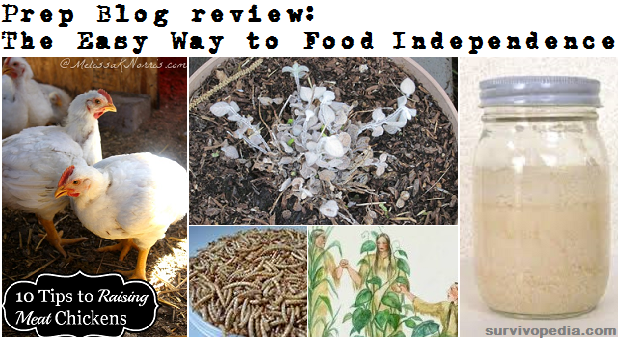Two of the most important issues when prepping are food independence and self-sufficiency. In a post-SHTF scenario food will be scarce, so providing for you and your family will be much easier if you have a garden and some livestock in your backyard.
We’ve searched the web and came across these 5 great articles that will help you deal with food when STHF. Let us know what you think in the comments section at the bottom of the article.
1. Gardening Mistakes: Six Ways We’ve Killed Plants
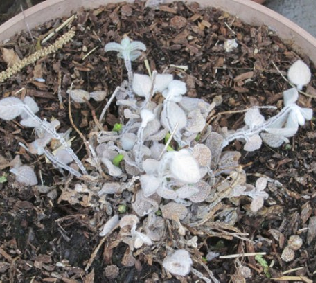 “In the years we’ve gardened we’ve killed our share of plants. I’d like to think we’ve learned from our errors. To that end, I thought I’d run down some of the big mistakes we’ve made.
“In the years we’ve gardened we’ve killed our share of plants. I’d like to think we’ve learned from our errors. To that end, I thought I’d run down some of the big mistakes we’ve made.
1. The right plant in the right place Our front yard is a hillside. Our backyard has two tall trees that cast shade towards the north.
The soil varies in color, texture and quality largely due to almost a hundred years of construction projects (decks, foundation work terracing, etc.). The same plant that might thrive in one spot will wither in another.”
Read more on Root Simple.
2. 10 Tips on How to Raise Chickens for Meat Part 1
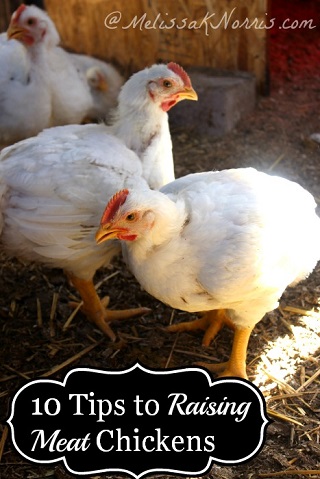 “Growing and raising as much of our own as possible is really important to us.
“Growing and raising as much of our own as possible is really important to us.
The more research we do on food bought in the grocery store, the less we find ourselves purchasing.
From being fed GMO food, hormones, injected with antibiotics, and cruel living conditions, we have a hard time buying our meat from the store.
We already raise our own grass fed beef and have a small flock of laying hens.
But raising chickens for meat? That’s one area we hadn’t ventured. Until… now. ”
Read more on Melissa Knorris.
Learn more about another amazing way of becoming food independent in Pocket Farm.
3. Three Sisters Gardening

This is a Native American gardening technique that is at least 1,000 years old and can be varied to climate conditions. The Three Sisters are: Corn, Pole Beans, Vined Squash.
Corn is a heavy feeder and susceptible to high winds. The pole beans fix nitrogen into the soil and provide additional support for the corn.”
Read more on Seasoned Citizen Prepper.
4. Bread Making With Homemade Yeast
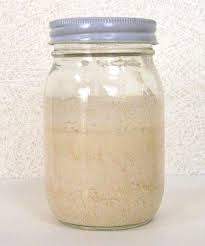
I made all our bread, and made the yeast starters that gave it a lovely rise.
Making the starter was easy. My sister used potatoes, but I preferred apples to grow my yeast. I’d cut up a couple of peeled apples and put them in a jar with a tablespoon of sugar and half a jar of warm water. There, that was difficult wasn’t it?”
Read more on Ready Nutrition.
5. 10 Bugs You Can Eat in a Food Crisis
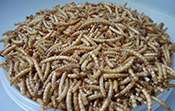
Wax Moth Larvae
These larvae are white colored and have a soft tender flesh. You can roast the larvae with peanuts in some oil and eat them with rice or alone. The larvae taste sweet since they feed on honey bee wax. ”
Read more on Ask a Prepper.
Find out about more an amazing way to your food independence on Pocket Farm.
This article has been written by Brenda E. Walsh for Survivopedia.





























